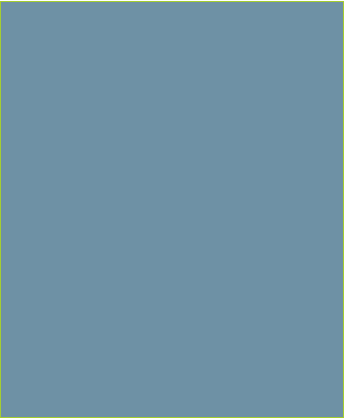


The Druk Path Trek
From Paro to Thimbu

The Druk Path trek leads from Paro to Thimpu,
following the traditional high route crossing the
chain of mountains that separates the two valleys.
The route crosses several passes, including the
Phume La (4210m) and is still used by local yak
herders. Although the route is sparsely inhabited,
there are akes teeming with fish and the area is
famous for its spectacular rhododendron forests,
which bloom in May. It was clear weather which
provided us with great views of the Himalaya.
Our trek started at the roadhead of the Ta-Dzong
National Museum (2510m) which is the ancient
watchtower situated above Paro Dzong. We began
with a gentle 1-hour walk and then climbed steeply
to our camping place just below Jele Dzong. There
were great views of the Paro Valley with snow-
capped mountains behind including Chomolhari in
the distance. Above the camp is Jele La pass (3490m)
and Jele Dzong that is mostly in ruins. Overnight
camp (8km, 4 hours walking).
Our second day’s walk began with a climb through
thick rhododendron forest to cross the Jele La
(3490m) and onto a saddle at 3590 metres. We saw
yak herders and there were fascinating views of
Chomolhari and other snow-capped peaks. (11km 4
hours walking).
Today was a longer trekking day so we started a little
earlier. The trail followed the ridge past the
Jimilangtsho lakes (3880m), which are famous for
their giant sized trout and up to our highest point
4,250m. We passed dwarf rhododendron trees and
yak herder’s camps. After Motithang we passed
Tsalu Ney, a 14th century Lhakang (temple) built on
the site of a cave where Guru Rimpoche is said to
have meditated. We trekked downward, passing
through a forested area of mostly blue pine. to reach
our hotel late afternoon. (20km, 9 hours walking)

Our Trek

A typical day started with a cup of tea at 6am. Then
we were given warm water for a wash. After
breakfast we packed up the tents and started
walking between 7am and 8am. Lunch was around
11.30 or 12 and we reached our camp site around
4pm when we have tea and a biscuit. Dinner was
around a camp fire at 7pm then bed around 11pm.
The camping conditions were very cold at night. We
put hot drinking water in a sock to use as a hot
water bottle. Our warmth was from a sleeping bag,
inner lining and warm clothes.
Our supplies and equipment were transported on
the mules.












